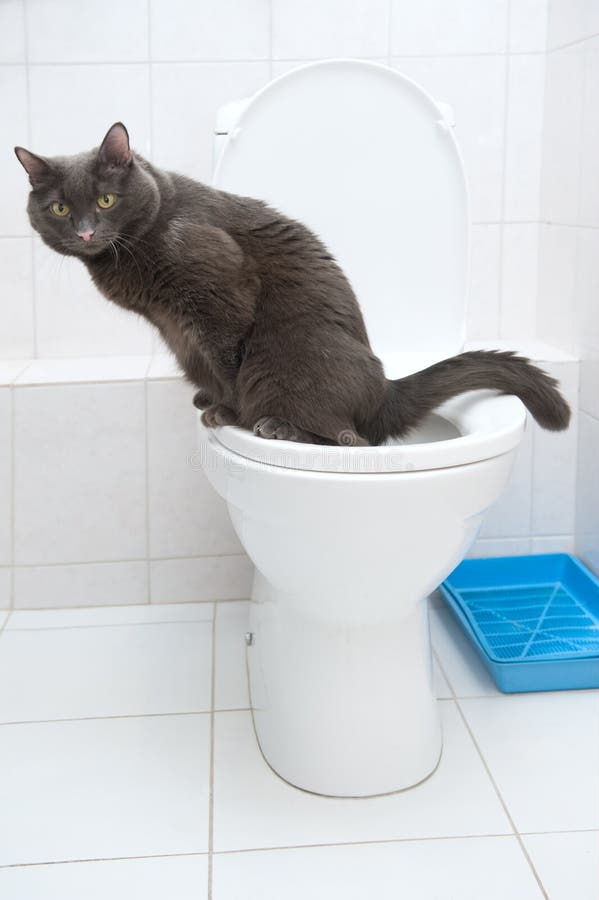Presented here in the next paragraph you will discover a good deal of wonderful points regarding How to Dispose of Cat Poop and Litter Without Plastic Bags.

Intro
As feline owners, it's essential to be mindful of just how we throw away our feline close friends' waste. While it might seem practical to flush feline poop down the bathroom, this method can have detrimental effects for both the environment and human health and wellness.
Environmental Impact
Flushing feline poop introduces unsafe pathogens and bloodsuckers right into the supply of water, posturing a substantial danger to water ecological communities. These pollutants can adversely impact aquatic life and compromise water high quality.
Wellness Risks
Along with environmental problems, purging pet cat waste can also position health and wellness risks to humans. Pet cat feces might contain Toxoplasma gondii, a parasite that can create toxoplasmosis-- a potentially severe disease, particularly for pregnant women and people with weakened body immune systems.
Alternatives to Flushing
Thankfully, there are much safer and much more accountable methods to deal with cat poop. Take into consideration the complying with options:
1. Scoop and Dispose in Trash
One of the most typical approach of getting rid of feline poop is to scoop it into a naturally degradable bag and toss it in the garbage. Make certain to use a specialized clutter inside story and dispose of the waste quickly.
2. Use Biodegradable Litter
Opt for eco-friendly feline trash made from products such as corn or wheat. These litters are environmentally friendly and can be safely gotten rid of in the garbage.
3. Hide in the Yard
If you have a backyard, take into consideration burying pet cat waste in an assigned area away from vegetable yards and water sources. Make certain to dig deep adequate to prevent contamination of groundwater.
4. Install a Pet Waste Disposal System
Invest in a pet dog waste disposal system specifically developed for cat waste. These systems use enzymes to break down the waste, minimizing odor and ecological effect.
Final thought
Responsible pet possession expands beyond supplying food and shelter-- it likewise entails correct waste administration. By refraining from flushing cat poop down the toilet and choosing alternate disposal techniques, we can lessen our ecological footprint and safeguard human health and wellness.
Why Can’t I Flush Cat Poop?
It Spreads a Parasite
Cats are frequently infected with a parasite called toxoplasma gondii. The parasite causes an infection called toxoplasmosis. It is usually harmless to cats. The parasite only uses cat poop as a host for its eggs. Otherwise, the cat’s immune system usually keeps the infection at low enough levels to maintain its own health. But it does not stop the develop of eggs. These eggs are tiny and surprisingly tough. They may survive for a year before they begin to grow. But that’s the problem.
Our wastewater system is not designed to deal with toxoplasmosis eggs. Instead, most eggs will flush from your toilet into sewers and wastewater management plants. After the sewage is treated for many other harmful things in it, it is typically released into local rivers, lakes, or oceans. Here, the toxoplasmosis eggs can find new hosts, including starfish, crabs, otters, and many other wildlife. For many, this is a significant risk to their health. Toxoplasmosis can also end up infecting water sources that are important for agriculture, which means our deer, pigs, and sheep can get infected too.
Is There Risk to Humans?
There can be a risk to human life from flushing cat poop down the toilet. If you do so, the parasites from your cat’s poop can end up in shellfish, game animals, or livestock. If this meat is then served raw or undercooked, the people who eat it can get sick.
In fact, according to the CDC, 40 million people in the United States are infected with toxoplasma gondii. They get it from exposure to infected seafood, or from some kind of cat poop contamination, like drinking from a stream that is contaminated or touching anything that has come into contact with cat poop. That includes just cleaning a cat litter box.
Most people who get infected with these parasites will not develop any symptoms. However, for pregnant women or for those with compromised immune systems, the parasite can cause severe health problems.
How to Handle Cat Poop
The best way to handle cat poop is actually to clean the box more often. The eggs that the parasite sheds will not become active until one to five days after the cat poops. That means that if you clean daily, you’re much less likely to come into direct contact with infectious eggs.
That said, always dispose of cat poop in the garbage and not down the toilet. Wash your hands before and after you clean the litter box, and bring the bag of poop right outside to your garbage bins.
https://trenchlesssolutionsusa.com/why-cant-i-flush-cat-poop/
I found that blog posting about How to Dispose of Cat Poop and Litter Without Plastic Bags while surfing around the search engines. Sharing is caring. Helping others is fun. Thanks for your time. Come back soon.
Maintenance Sign-Up